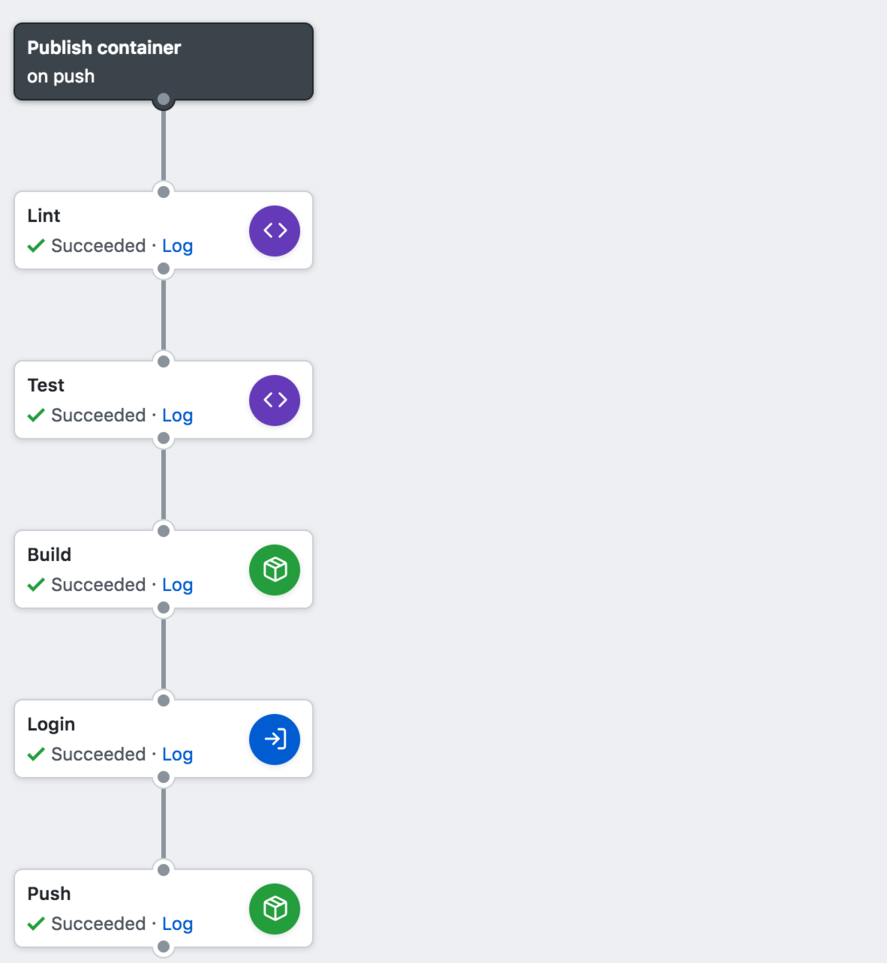

It will install 10.x LTS version of Node.js.It will use a GitHub-hosted Ubuntu runner.The workflow will be triggered on every push.This part is just the intialization and doesn't map directly to the CircleCI configuration.

github/workflows folder of my repository: name: Build on: jobs: I created a build.yml configuration file in the. I started by following the workflow configuration instructions pretty closely. However, once I figured out the basics, tranforming most of the CircleCI configuration to GitHub Actions format was pretty straightforward. After I moved my blog repository from BitBucket to GitHub it was time to move my continuous deployment configuration from CircleCI to GitHub Actions as well.ĭespite extensive documentation it took me a while to get started. The Gradle build needs to be configured to include a signing configuration that reads the secrets from environment variables (or the ~/.gradle/gradle.properties file).įor local builds, the location of the keystore, the keystore password, the signing key alias and the signing key password will be configured using the ~/.gradle/gradle.properties file.Since the introduction of GitHub Actions there's often no need any more to use an external CI/CD service. aab file for release (e.g., r0adkll/sign-android-release), but the Interface X Apps Team at prefers to have this configuration in Gradle, as it provides the option to build signed releases in local and reduce coupling with the CI system (configuration in Gradle will work with GitHub Actions, Jenkins, etc). There are several GitHub Actions to sign an Android. Follow the steps in the official documentation. You need a service account JSON file from the Google Play Store to upload the artifact. Click on Grant access and add all the apps you want to manage with this service account.įollow the steps in the official documentation to enrol the app in Play App Signing.


 0 kommentar(er)
0 kommentar(er)
